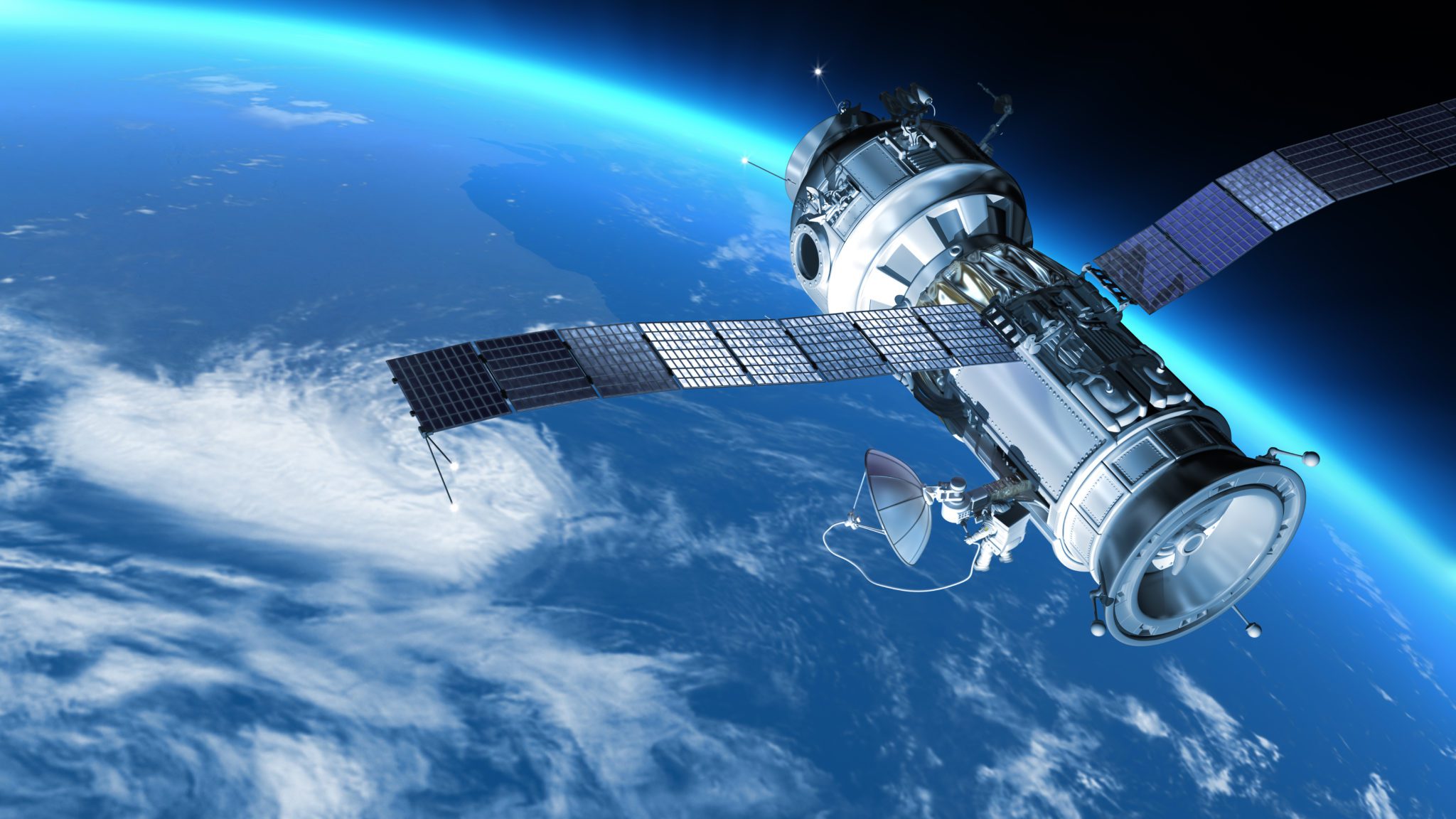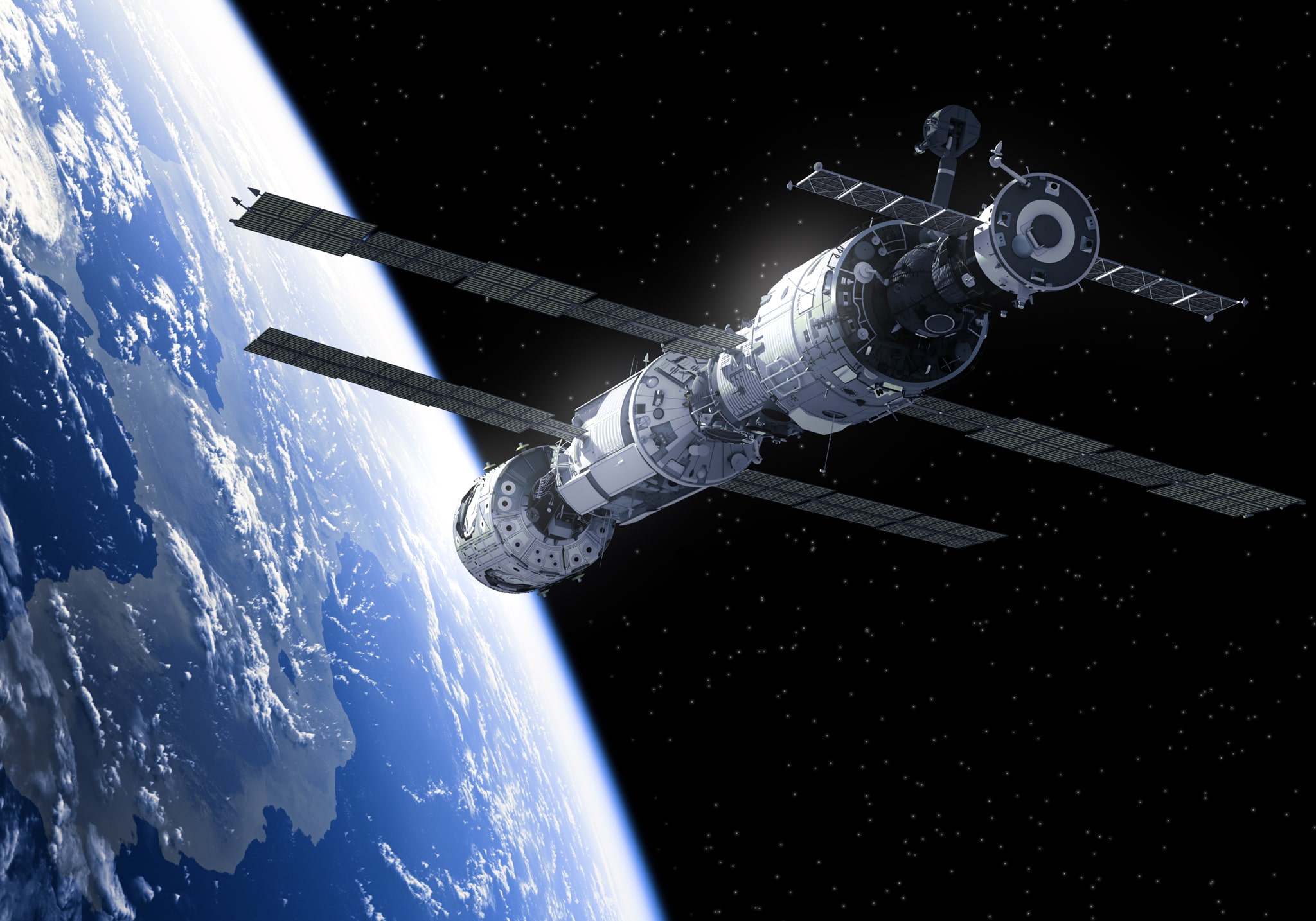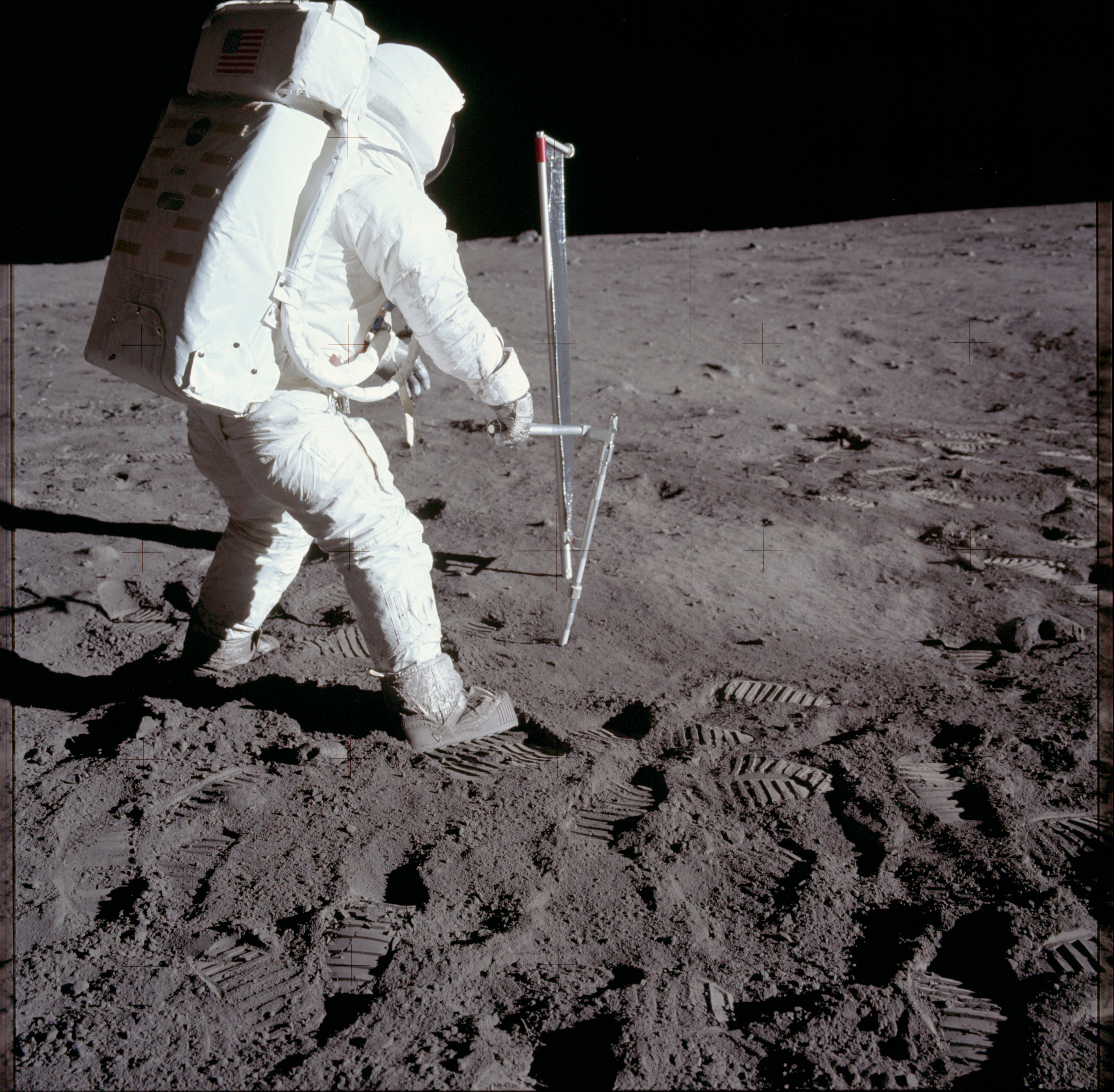Space exploration captivates the imagination. It pushes the boundaries of human knowledge and technology.
The quest to explore space has fascinated humankind for centuries. From ancient stargazers to modern scientists, the stars have always beckoned. Space exploration isn't just about visiting other planets. It’s about understanding our place in the universe. The advancements in technology have made space missions more feasible.
These missions help us uncover the mysteries of the cosmos. They inspire generations and drive scientific discovery. As we look to the future, space exploration holds endless possibilities. It promises new horizons and unknown wonders. This blog delves into the journey of space exploration. It highlights its significance, achievements, and the future it promises. Join us as we venture beyond our world.

Credit: frostbrowntodd.com
History Of Space Exploration
People have always been curious about space. Galileo used a telescope to see the stars. This was a big moment. Telescopes let us see faraway planets and moons. Astronomers made maps of the night sky. These maps helped sailors travel. They also helped us learn about our universe.
The first satellite, Sputnik, launched in 1957. This was a huge step. Yuri Gagarin was the first human in space in 1961. Neil Armstrong walked on the moon in 1969. These events were big news. Many people watched them on TV. They made us dream about space.

Credit: www.global-aero.com
Major Space Agencies
NASA stands for National Aeronautics and Space Administration. It is the United States' space agency. NASA launched the first human to the moon. They have many space missions. NASA also studies other planets. They use telescopes and satellites.
ESA stands for European Space Agency. This agency is made up of many European countries. They work together on space projects. ESA sends satellites into space. They study the Earth and the stars. ESA also works with other space agencies.
Roscosmos is the Russian space agency. They have sent many rockets into space. Roscosmos also sent the first human into space. They work on the International Space Station. Roscosmos has a long history in space exploration.
Some companies explore space too. SpaceX is a big name. They build rockets and send them to space. Blue Origin is another company. They want to make space travel cheaper. Virgin Galactic works on space tourism. Many private companies help space missions.
Technological Advancements
Rockets are powerful machines. They take spacecraft into space. They burn fuel to create thrust. This helps them lift off the ground. Spacecraft are vehicles that travel in space. Some take people to space. Others are used for research. The International Space Station is one such spacecraft. It orbits Earth. Scientists live and work there. SpaceX and NASA build many rockets. They explore space and make new discoveries.
Space telescopes help us see far away stars and planets. They are placed in space to avoid Earth's atmosphere. The Hubble Space Telescope is very famous. It takes clear pictures of space. These pictures help us learn more about the universe. James Webb Space Telescope will be even more powerful. It can see further than Hubble. Space telescopes make many amazing discoveries.

Credit: en.wikipedia.org
Human Spaceflight
The moon landings were a big step for humans. In 1969, Neil Armstrong was the first person on the moon. He said, "That's one small step for man, one giant leap for mankind." The Apollo missions made this possible. They helped us learn more about space. Many people worked hard to make the missions safe. We still study what they found on the moon.
The International Space Station (ISS) is a home in space. It orbits Earth and is a place where astronauts live and work. Many countries help with the ISS. They work together to learn about space. Astronauts do many experiments on the ISS. These experiments help us understand space better. They also help us learn how to live in space for a long time.
Unmanned Missions
The Mars Rovers are robots sent to Mars. They help us learn about Mars. These robots take pictures and study rocks. The rovers send data back to Earth. Scientists study this data. This helps us understand more about the red planet. The most famous rover is Curiosity. It has been on Mars since 2012. Another rover, Perseverance, landed in 2021. It looks for signs of past life.
The Voyager probes are spacecraft. They were launched in 1977. Voyager 1 and Voyager 2 explore space beyond our solar system. These probes have been traveling for over 40 years. They send back important data. They help us learn about deep space. The probes carry messages for any life forms they might meet. These messages include sounds and pictures from Earth. The Voyager probes are our farthest and longest-lasting space missions.
Astronomical Discoveries
Scientists have found many exoplanets outside our solar system. These are planets that orbit other stars. Some exoplanets are similar to Earth. They might have water and air. These planets could support life. The study of exoplanets is very exciting. It helps us learn more about the universe.
A black hole is a region in space. Its gravity is so strong that nothing can escape it. Not even light can get away. They form when massive stars collapse. Black holes can grow by pulling in nearby matter. They are invisible but can be detected by their effects on nearby objects. Scientists use telescopes to study them.
Challenges In Space Exploration
Space debris poses a big risk to space missions. Old satellites and broken parts float in space. These can hit spacecraft and cause damage. Even small pieces can be dangerous. Cleaning space debris is hard and costly. Scientists are looking for new ways to solve this problem.
Space radiation is another big challenge. It can harm astronauts. Earth’s atmosphere protects us from most radiation. But in space, the protection is much less. Long trips in space can increase health risks. Special shields and better suits are needed to keep astronauts safe.
Future Of Space Exploration
Many scientists are excited about Mars. It could be a new home for humans. Technology is getting better every day. Rockets are faster and safer. Living on Mars will be hard. The planet is cold and has no air. People will need special suits to walk outside. Food and water will be brought from Earth. Growing plants on Mars is a big challenge. Scientists are working to solve these problems.
Interstellar travel means traveling to other stars. This is very hard with current technology. The stars are very far away. It would take many years to reach them. Scientists are looking for new ways to travel fast. Some ideas include warp drives and wormholes. These are only theories for now. Many challenges need to be solved. Energy is a big problem. It takes a lot of power to travel so far. But, the dream of exploring other stars continues.
Frequently Asked Questions
What Is Space Exploration?
Space exploration involves investigating outer space using astronomy and space technology. It aims to discover new celestial bodies, understand the universe, and develop space travel.
Why Is Space Exploration Important?
Space exploration is crucial for scientific discovery, technological advancement, and understanding our universe. It helps address global challenges and inspires innovation.
How Do Astronauts Prepare For Space?
Astronauts undergo rigorous physical training, simulations, and technical education. They also practice emergency procedures and adapt to microgravity environments.
What Challenges Do Space Missions Face?
Space missions face challenges like extreme temperatures, radiation, and microgravity. Technical failures, communication delays, and high costs are also significant obstacles.
Conclusion
Space exploration offers endless possibilities for humanity. It reveals new frontiers. It inspires innovation and curiosity. This journey advances science and technology. It unites us in a common goal. Exploring space can address Earth's challenges too. Our future lies in the stars.
Keep looking up and dreaming big. The next giant leap awaits.
.png)



0 Comments